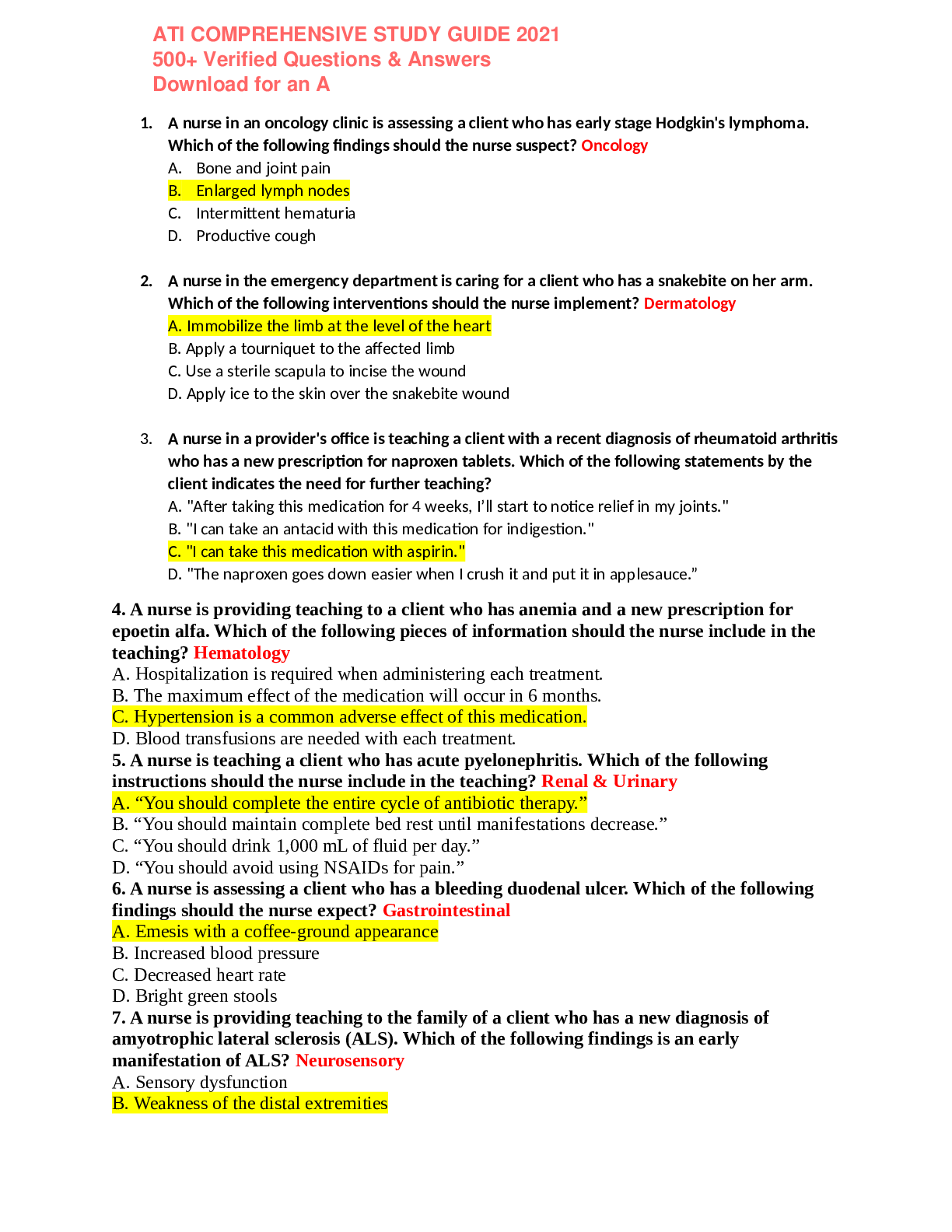*NURSING > STUDY GUIDE > HESI Didactic Comprehensive Study Guide for Exam. Download for an A+ (All)
HESI Didactic Comprehensive Study Guide for Exam. Download for an A+
Document Content and Description Below
1. A client who has been taking phenazopyridine (Pyridium) for symptoms of urethritis and cystitis comes to the clinic because her urine is reddish-orange. Which question should the nurse ask to deter... mine if the medication has been effective? Answer: Have you had any relief from urinary pain, burning, or urgency? Rationale: Phenazopyridine, an over-the-counter urinary analgesic, acts on the mucosa of the urinary tract to relieve urinary pain, burning, itching, or urgency associated with urethritis and cystitis. 2. A male client who has been receiving an antineoplastic drug has developed thrombocytopenia. What instructions should the nurse reinforce? Answer: Shave with an electric razor. Rationale: Thrombocytopenia is a common side effect of bone marrow depression caused by several antineoplastic agents. The client is experiencing a low platelet count and should use an electric razor to reduce his risk of bleeding. 3. The nurse is caring for a client who has been taking prednisone (Deltasone) daily for a year. Which adverse effect should the nurse document in the client's record? Answer: Weight gain . Rationale: Long term use of prednisone causes fluid retention and redistribution of fat deposition. Weight gain and moon face reflect adverse effects of long-term prednisone use and should be documented. 4. A female client with recurring headaches tells the nurse that she has been taking at least 4 grams of acetaminophen a day. Which laboratory studies should the nurse review for this client? Answer: Hepatic enzymes. Rationale: Liver toxicity can occur when doses of acetaminophen exceed 4 grams a day, resulting in an elevation in hepatic enzyme values. 5. A client receives a prescription for an oral opioid analgesic for post-operative pain. Which adverse effect should the nurse monitor for with the client? Answer: Constipation. Rationale: Opioid analgesics slow peristalsis, which leads to constipation, a common side effect of opiates. 6. Which action should the practical nurse implement when administering a buccal medication? Answer: Place the medication between the upper molar teeth and cheek. Rationale: Buccal medications are placed between the upper molar teeth and the cheek for absorption by the capillaries of the oral mucosa. 7. What assessment is most important for the nurse to obtain prior to initiating medication therapy with phenelzine (Nardil) for a client with depression? Answer: Understanding of diet modification. Rationale: To prevent a potentially lethal hypertensive crisis, a tyramine-free diet should be maintained during antidepressant therapy with Nardil, a monoamine oxidase inhibitor (MAOI). [Show More]
Last updated: 1 year ago
Preview 1 out of 24 pages

Reviews( 0 )
Document information
Connected school, study & course
About the document
Uploaded On
Apr 29, 2021
Number of pages
24
Written in
Additional information
This document has been written for:
Uploaded
Apr 29, 2021
Downloads
0
Views
48






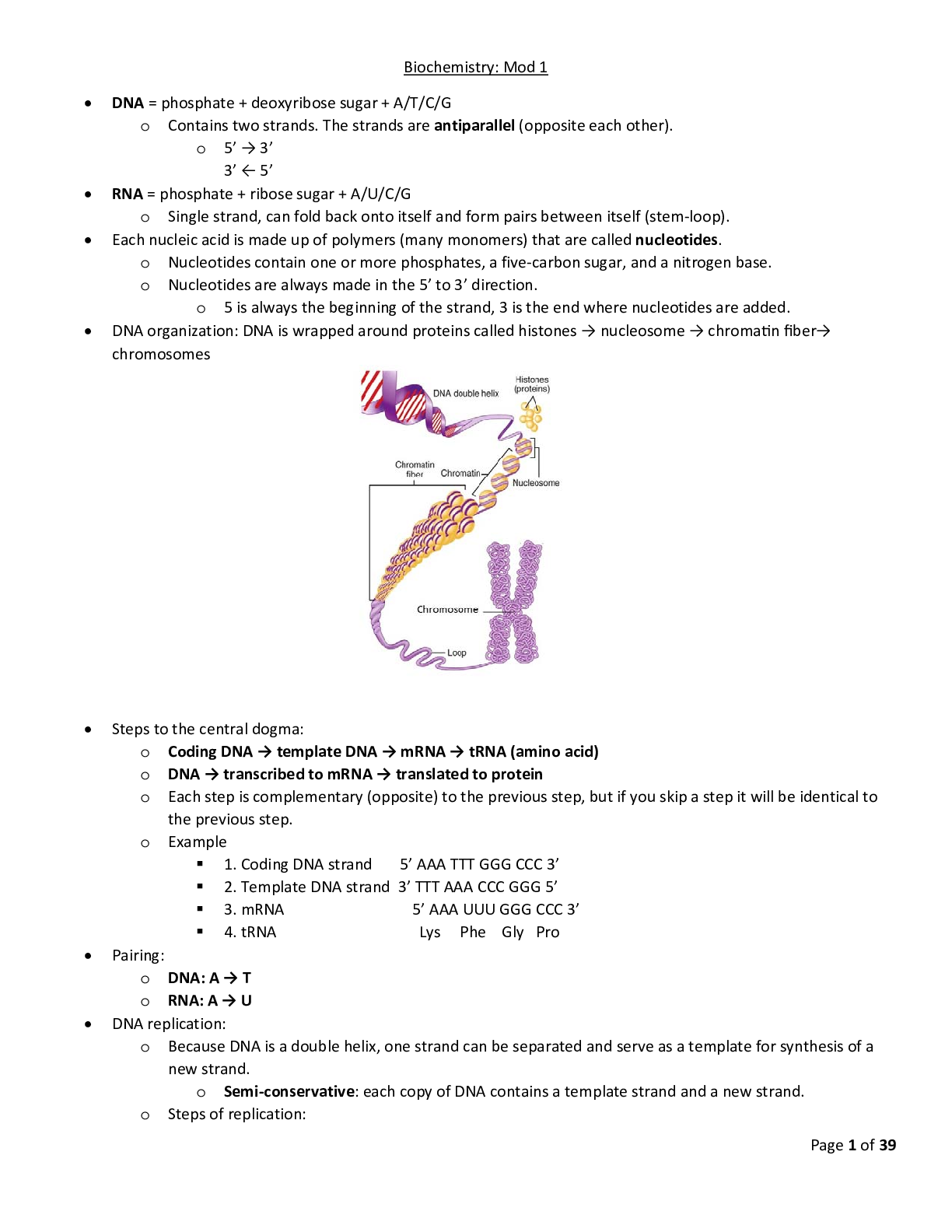

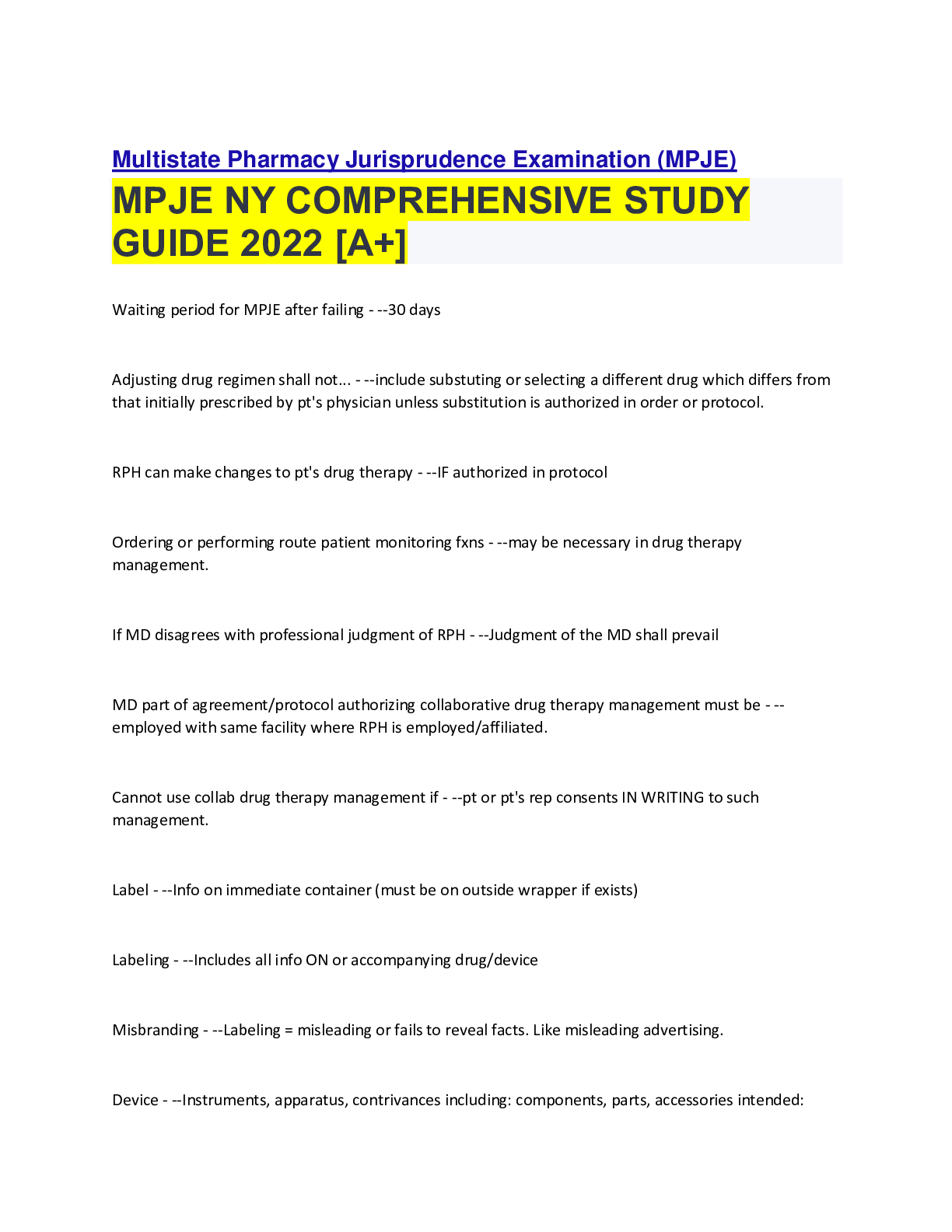
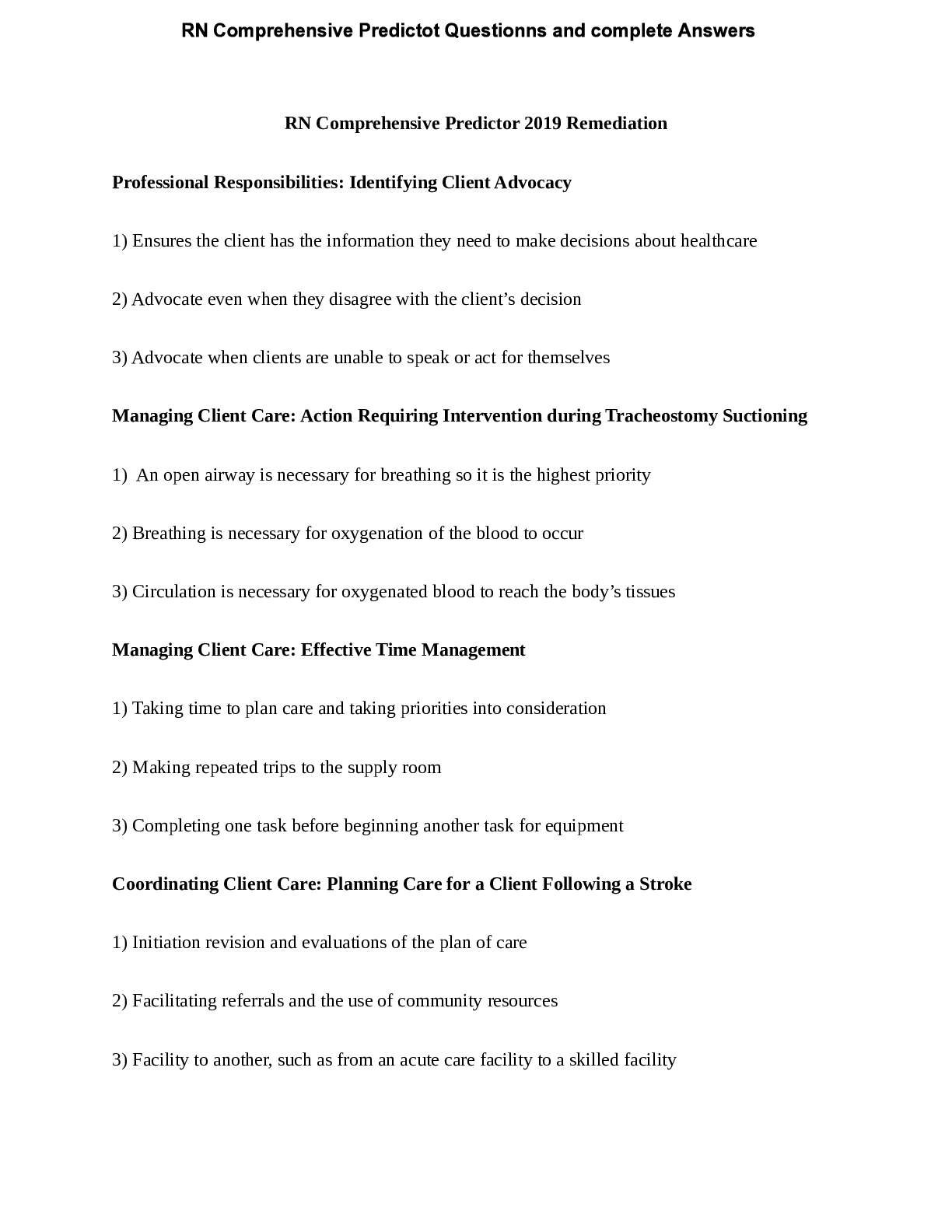
 (1).png)
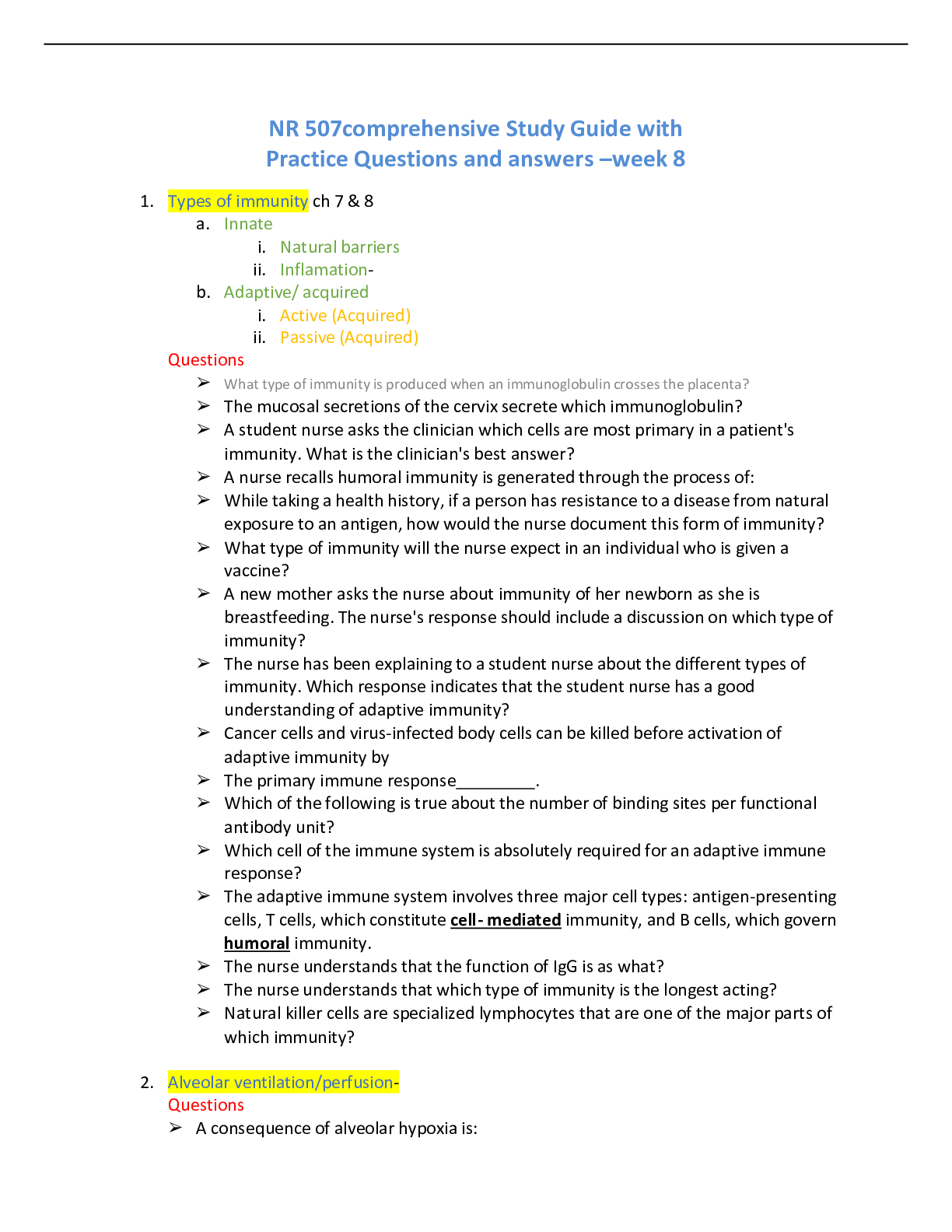

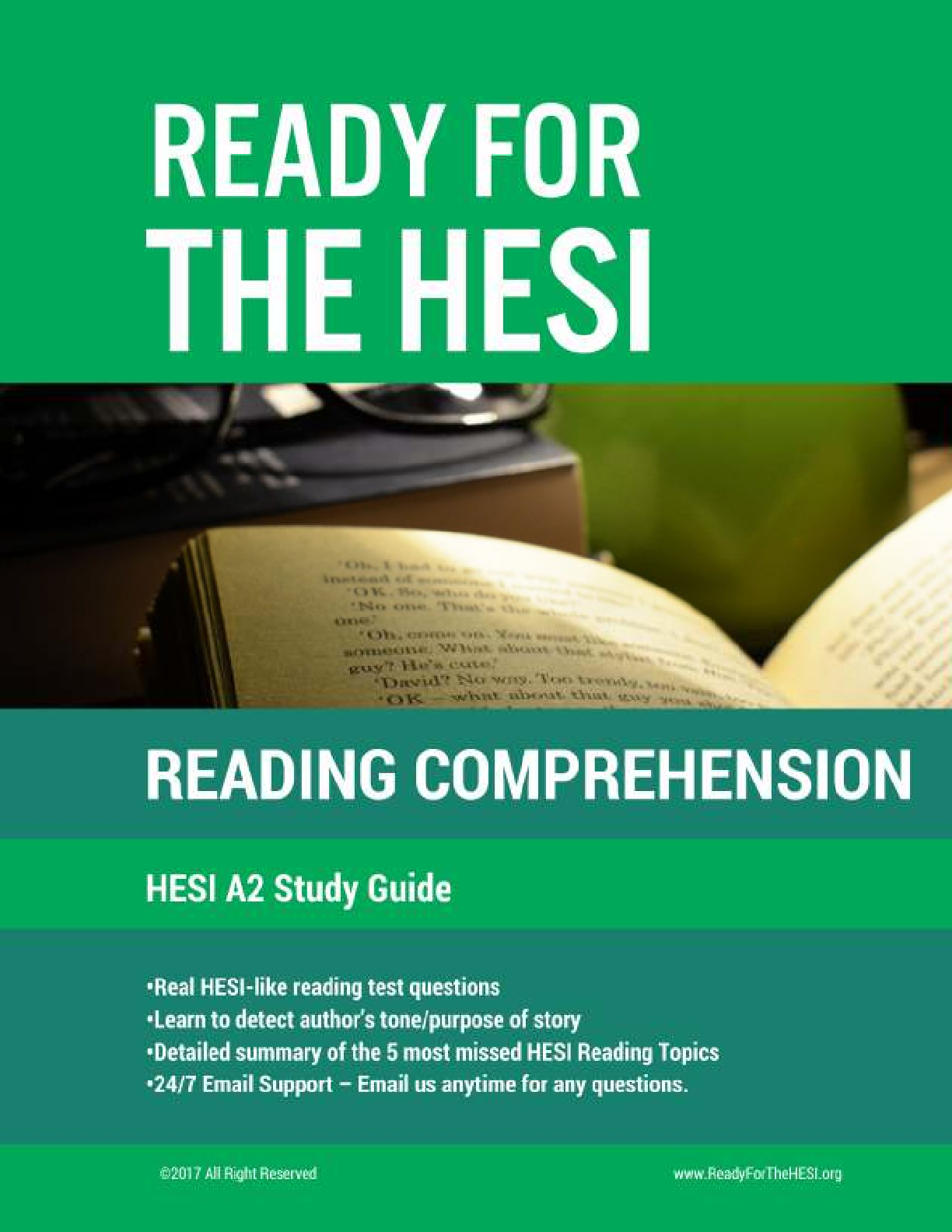
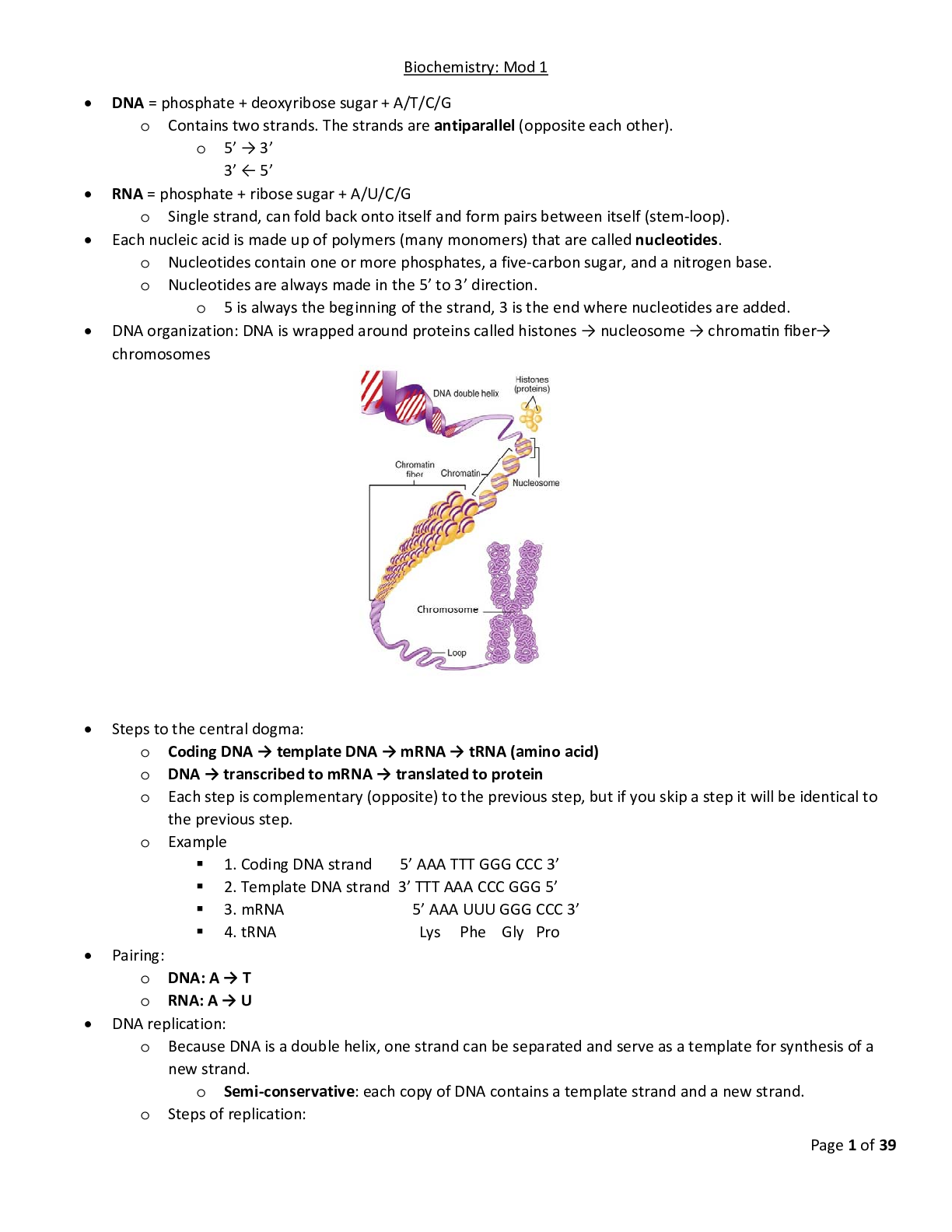
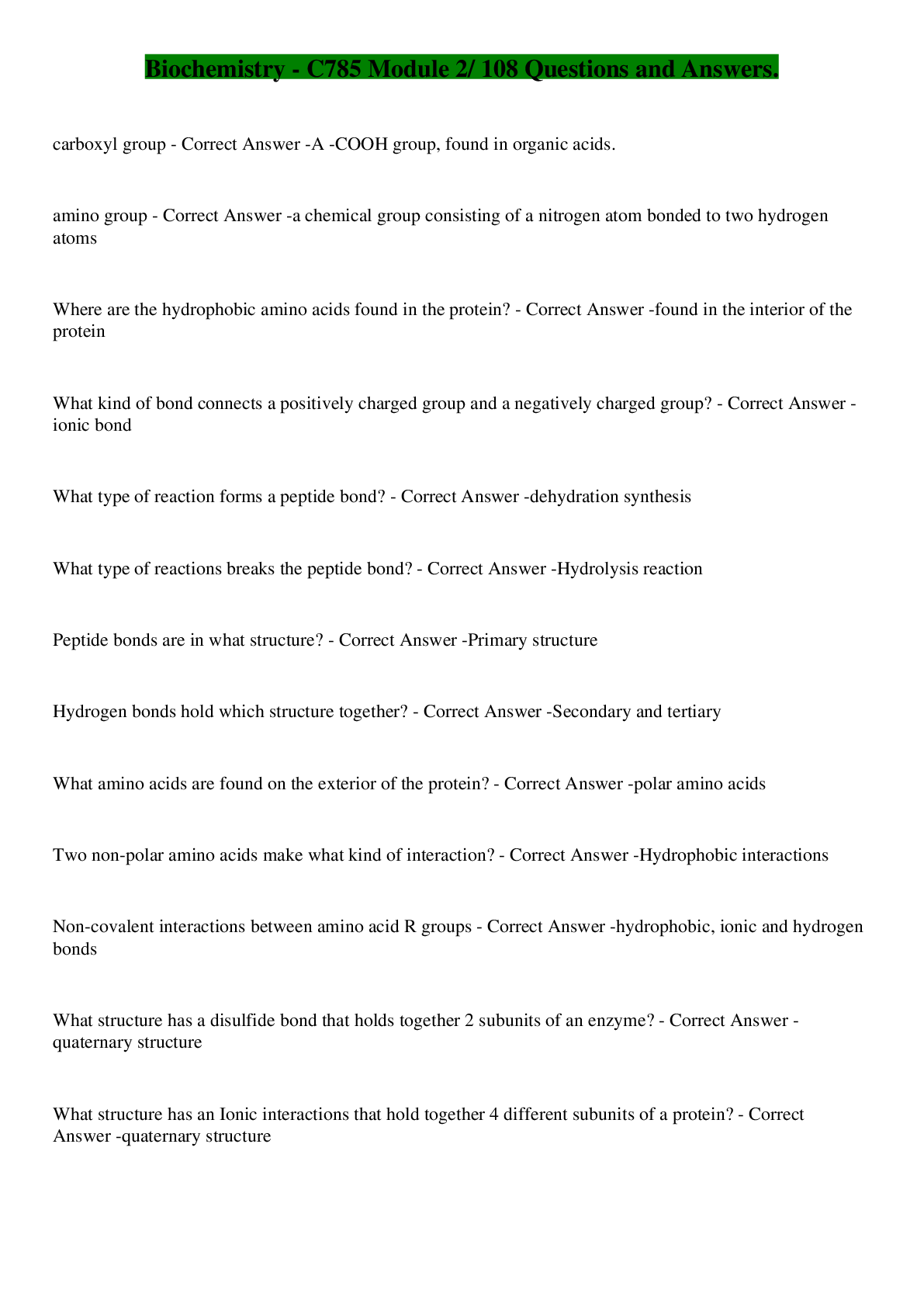

.png)
